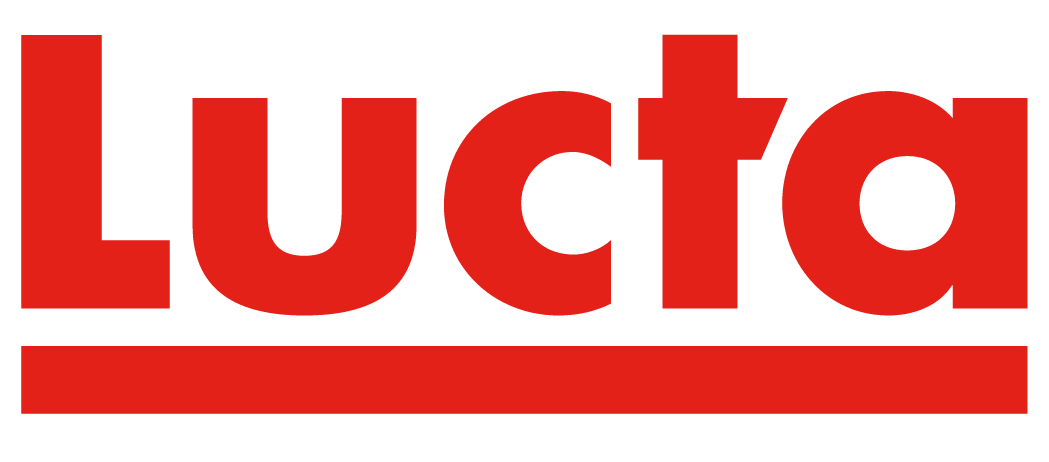The Problem: The current need to find alternatives to the use of antibiotics utilization in animal feeds is opening opportunities for feed additives such as phytochemicals in poultry. The present study aims to investigate the effects of supplementing broiler diets with a bioactive pomace-oil extract from Olea europaea (OE) on…
Bitter taste perception acts as a signal to the central nervous system to warn animals against consuming potentially toxic substances. When bitter compounds activate bitter taste receptors, a signal reaches the brain that triggers an aversive response and activation of anorexic signals, hence reducing feed intake. The objective of the…
Recent studies suggest that the use of vegetable oils at expense of fish oil in aquaculture feeds might have potential negative effects on fish redox homeostasis and adiposity. Resveratrol (RESV) is a lipid-soluble phytoalexin present in fruits and vegetables with proven in vivo antioxidant function in animals. The present study…
Feeding behavior in dairy cattle has a significant impact on feed efficiency, which is important for increasing the profitability of livestock and, at the same time, reducing the environmental impact. Feeding behavior can be measured by feeding time, meal duration, meal frequency, feeding rate, and rumination time. Higher feed intake…
Fishmeal (FM) and fish oil are becoming strategic ingredients for aquaculture feeds. In spite of considerable efforts to replace FM by alternative ingredients, problems with reduced feed intake and growth, as well as gut health issues (intestinal integrity and inflammation) are still common, associated with a lower palatability, digestibility and…
Crustaceans have highly evolved chemosensory systems which help them detect and find food items in environments with low visibility and rich in dissolved chemicals. Attractants are commonly used in shrimp farming to promote a quick identification and consumption of the feeds. These are usually fishery by-products (e.g., fish, squid or…
To continue gathering knowledge on the central regulation of food intake in response to amino acids in teleost fish, using as a model rainbow trout (Oncorhynchus mykiss), we evaluated in a first experiment the feeding attractiveness of l-leucine, l-valine, and l-proline offered as an agar gel matrix. In a second…
The spread of bacterial resistance to antimicrobials (AMA) have intensified efforts to discontinue the non-therapeutic use of AMA in animal production. Finding alternatives to AMA, however, is currently encumbered by the obscure mechanism that underlies their growth-promoting action. In this report, we demonstrate that combinations of antibiotics and zinc oxide…
